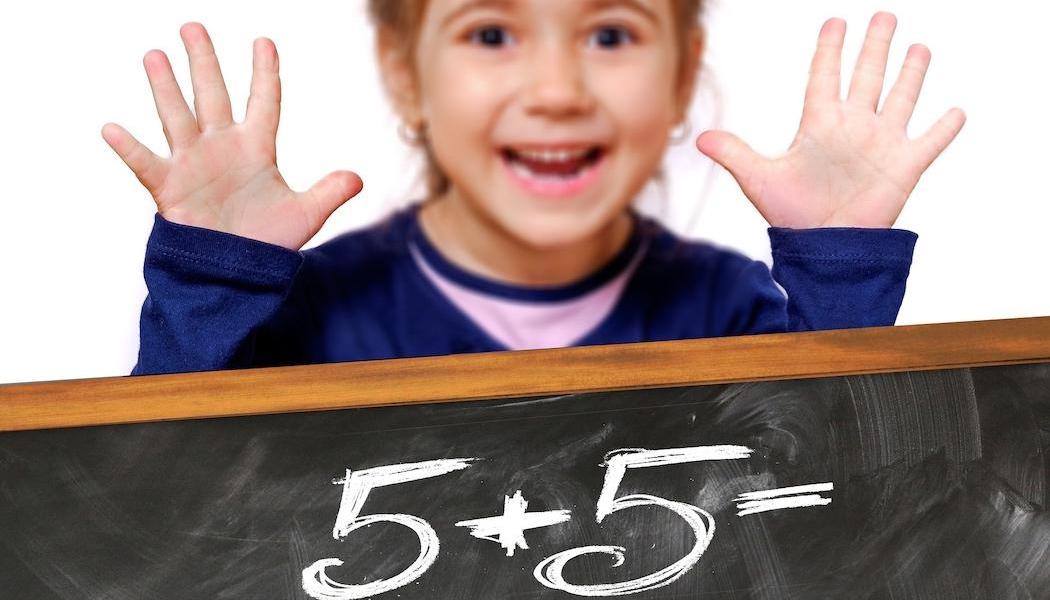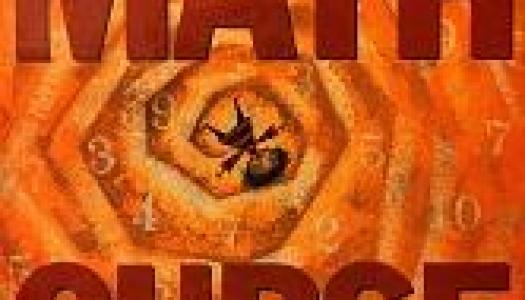Enriching Math with Read-Alouds

Join Our Community
Access this resource now. Get up to three resources every month for free.
Choose from thousands of articles, lessons, guides, videos, and printables.
Julie Thompson
Math concepts presented in literature can help a child grasp information in an exciting and relevant way. As notable education researchers have said, “Teachers must clearly establish the purpose behind any activity, including what exactly students are supposed to do to successfully perform learning tasks” (Fisher & Frey, 2008).
Furthermore, studies seem to show that the brain is not good at learning “when devoid of joy” (Jensen, 2000).
Having fun elicits interest, and current brain research suggests that “motivation is fundamental to learning” (Hinton, Miyamoto, & Della-Chiesa, 2008).
In confronting real-life problems, students will experience the joy and self-satisfaction of finding viable solutions to problems that others have not yet solved (Gasser, 2011).
Stories about math concepts can provide this “real-world” example for what they’re being taught. As Stanley Gudder said, “The essence of mathematics is not to make simple things complicated but to make complicated things simple” (Boushey & Moser, 2014). Having those examples in the context of a story can provide this necessary simplification for a complicated math concept.
Besides, as Daily 5/CAFE professionals, we have already established an intense love of reading in our students and passionately believe that reading sparks a curiosity and hunger to learn (Boushey & Moser, 2009). Regie Routman, quoting Jim Popham, wholeheartedly agrees with the following: “If I were obliged to choose between students’ love of learning and their mastery of any collection of cognitive content standards, I’d choose the former every time” (Routman, 2003). Including children’s literature in the context of math instruction can clearly provide more enjoyment and foster this love of learning through reading.
Now you ask, “So how do I know which books to read?” Although it is not an exhaustive list of children’s literature for math instruction, the following are some possible titles:
- Caps for Sale by Esphyr Slobodkina
- Counting on Frank by Rod Clement
- Eating Fractions by Bruce McMillan
- From One to One Hundred by Teri Sloat
- How Much Is a Million? by David M. Schwartz
- How Much, How Many, How Far, How Heavy, How Long, How Tall Is 1000? by Helen Nolan and Tracy Walker
- More M&M's Brand Chocolate Candies Math by Barbara Barbieri McGrath
- Of Colors and Things by Tana Hoban
- One Hundred Hungry Ants by Elinor J. Pinczes
- One Hungry Monster: A Counting Book in Rhyme by Susan Heyboer O’Keefe
- Pigs Will Be Pigs: Fun with Math and Money (Series) by Amy Axelrod
- Sir Cumference and the First Round Table (Series) by Cindy Neuschwander
- Ten Terrible Dinosaurs by Paul Stickland
- The Doorbell Rang by Pat Hutchins
- The Right Number of Elephants by Jeff Sheppard
- The Wolf's Chicken Stew by Keiko Kasza
- A Penny(Series) by H. I. Peeples
As educators, we must find fun and relevant ways, such as reading aloud high-quality children’s literature in the context of math instruction, to make math matter in the lives of our students. I encourage you to add your own books to the list above and have fun enriching math with read-alouds!
References
Boushey, G., & Moser, J. (2009). The CAFE book: Engaging all students in daily literacy assessment and instruction. Portland, ME: Stenhouse.
Boushey, G., & Moser, J. (2014). The Daily 5 (second edition). Portland, ME: Stenhouse.
Fisher, D., & Frey, N. (2008). Releasing responsibility: Giving students ownership of learning. Educational Leadership, 66 (3).
Gasser, K. W. (2011). Five ideas for 21st century math classrooms. American Secondary Education 39 (3), 108–116.
Hinton, C., & Miyamoto,K., & della Chiesa, B. (2008). Brain Research, Learning and Emotions:
implications for education research, policy and practice. European Journal of Education, 43, 87 – 103.
Jensen, E. (2000) “Moving with the Brain in Mind” Educational Leadership November, Vol. 58,
No.3, Pgs. 34-38, ASCD.
Routman, R. (2003). Reading essentials: The specifics you need to teach reading well. Portsmouth, NE: Heinemann.






